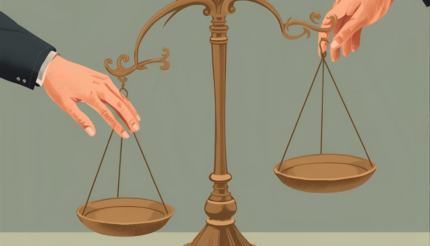Unlocking the mysteries of personality, the Myers-Briggs Type Indicator (MBTI) stands as a beacon in the world of psychology. Based on Carl Jung’s theories, this model, crafted by Katherine Briggs and Isabel Briggs-Myers, has become a staple in understanding human behaviour. Administered to over two million people annually, including Fortune 500 employees, the MBTI offers valuable insights into preferences, paving the way for constructing effective and harmonious teams. This is one thing that I work with my client bank on, as building a truly well-oiled team is the key to getting the life you want out of the business you run.
Understanding the Basics of The Myers-Briggs Type Indicator
The foundation of the Myers-Briggs model lies in eight key preferences: Extraversion (E), Introversion (I), Sensing (S), Intuition (N), Thinking (T), Feeling (F), Judging (J), and Perceiving (P). By pairing these preferences, four main categories emerge: E or I, S or N, T or F, J or P. These combinations yield 16 distinct personality types, each represented by a unique four-letter code.
Decoding Personality
Delving into the intricacies of personality, the Myers-Briggs code provides a snapshot of an individual’s traits. For instance, someone with the code “ENTP” is characterized by Extraversion, Intuition, Thinking, and Perceiving. This coding system simplifies the complex nature of personalities, making it easier for managers to comprehend and leverage team dynamics.
Team Dynamics and Compatibility
The power of the Myers-Briggs assessment lies in its ability to enhance team dynamics. Certain personality types may conflict, while others complement each other. By strategically grouping individuals based on their MBTI profiles, managers can create teams that capitalize on strengths, mitigate weaknesses, and foster a balanced work environment.
Harmony in Diversity
Just as ingredients in a recipe contribute to a flavorful dish, diverse personality types within a team can lead to optimal performance. Recognizing that everyone brings unique strengths to the table, a well-balanced team thrives on the synergy of different personalities.
Strategies for Building Dream Teams with The Myers-Briggs Type Indicator
Selecting the right individuals is just the beginning. To transform a group of talented individuals into a dream team, additional key elements must be put into place. This includes understanding and embracing the diverse strengths and weaknesses within the team, fostering open communication, and implementing effective leadership strategies.
Conclusion
The Myers-Briggs Type Indicator serves as a powerful tool for decoding the intricacies of human personality. By leveraging this knowledge, managers can strategically build teams that not only complement each other but also bring out the best in every individual. In the world of business, understanding the dynamics of personality is not just a luxury—it’s a necessity for cultivating a thriving, high-performing dream team.





